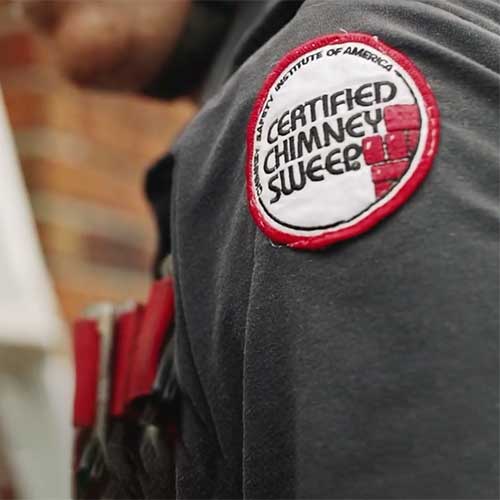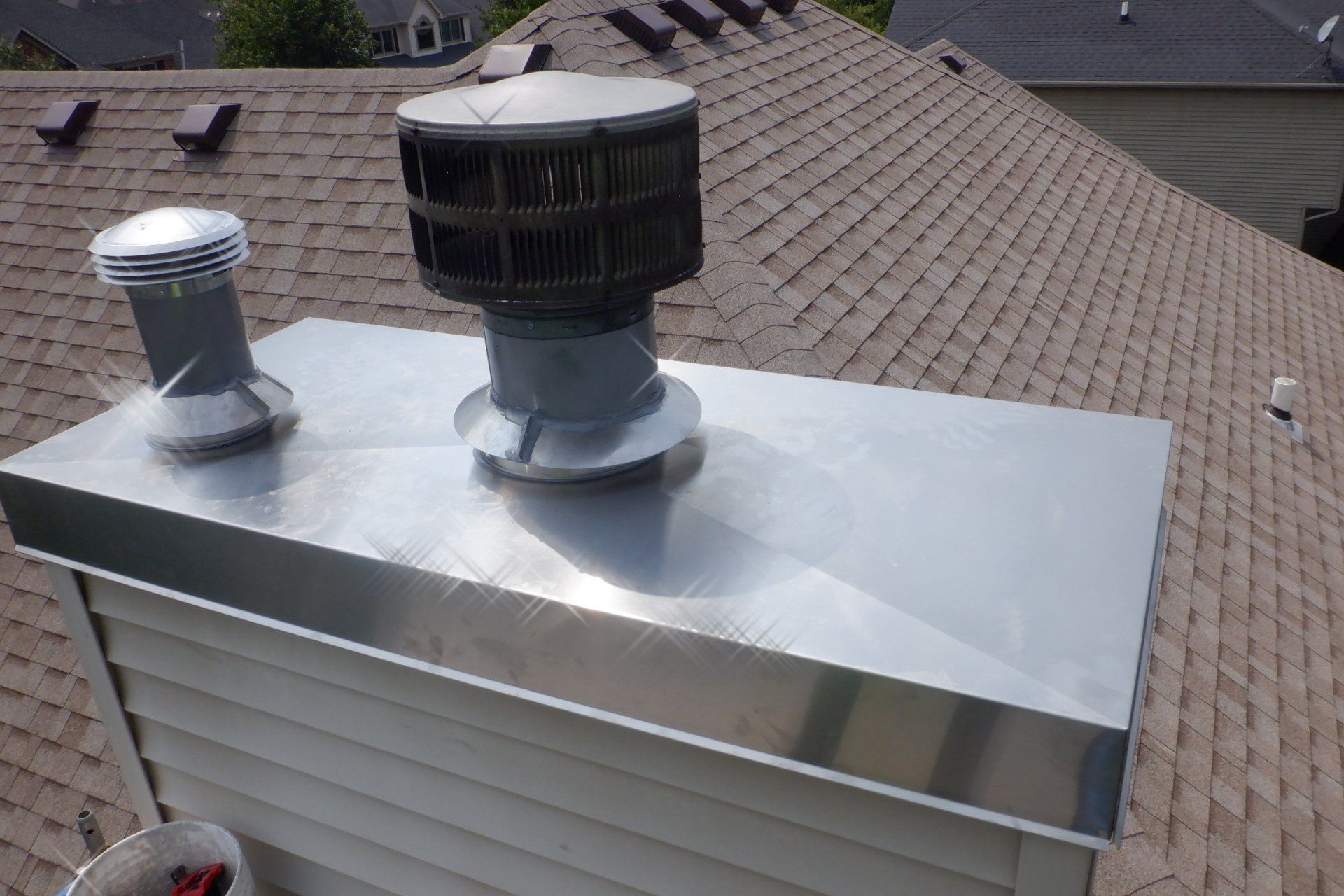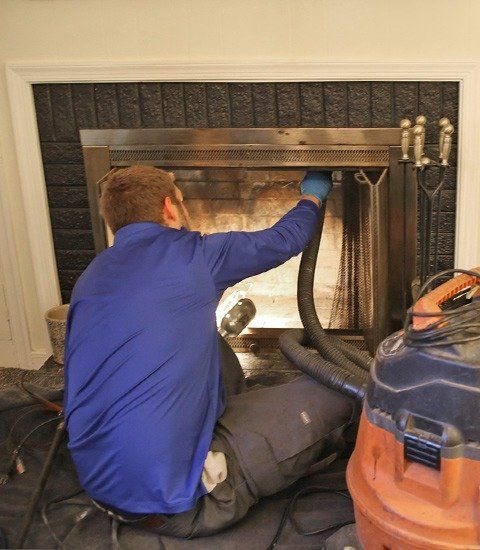Water Repellant Good Idea for Masonry Chimneys
Water is the enemy of masonry.
As spring approaches homeowners are thinking about their exterior home maintenance and that should include their masonry chimney.
As rain pummels bricks, stones, and mortar, it gradually seeps into the substance. While masonry appears to be sold, it actually has tiny spaces that allow rain water to enter. One of the first visible signs of a water penetration problem is spalling, which is the flaking off of the exterior surface of bricks or stones. By the time spelling is visible, it is too late because water is already inside the bricks.
Freezing temperatures cause the water inside the masonry to expand and push the face of the brick or stone off. Soft type bricks are more susceptible to moisture penetration than hard type bricks. Unfortunately, so many builders use soft type bricks since they are less expensive than hard bricks. For this reason, if building a new chimney request that hard bricks be used.
Another sign of water issues is deteriorating mortar between bricks or stones. If the mortar has washed away, or is soft, or has holes or cracks, pointing will be needed.
With a stone chimney, the most common damage is cracking, spalling, and small to large chunks of the stones pop off and fall out. This can be a hazard if someone happens to be walking under the chimney at the time this occurs.
A damaged masonry chimney may need to have mortar joints grinded out and pointed with new mortar, and damaged bricks or stones removed and replaced.In more severe cases, the only option is to tear the chimney partially or completely down and rebuild it. This is something to discuss with your chimney sweep and/or mason.
After repairs have been completed, or at the time a new chimney is built, wait 30 days for the masonry to cure properly then contact a local professional chimney sweep to apply a water repellant masonry sealer to the chimney.
There are special products for this purpose that are only available to professional chimney sweeps, and they are better than those products found in hardware stores.
The method of application is critical to the performance of the water repellant as well as the type used. Don’t expect miracles, though, if your chimney was built with soft bricks that are already spalling. Even if the bad bricks are replaced, more bricks will eventually spall due to water already inside the bricks. The sealer will stop further water penetration, however.
Masonry water repellants should be reapplied every 1 – 5 years depending on the type of bricks or stones. Testing can be done to determine when this is necessary – just spray water on the masonry on a sunny day and watch to see if it beads up or soaks in to the bricks. If it soaks in it is time to have another application completed.























